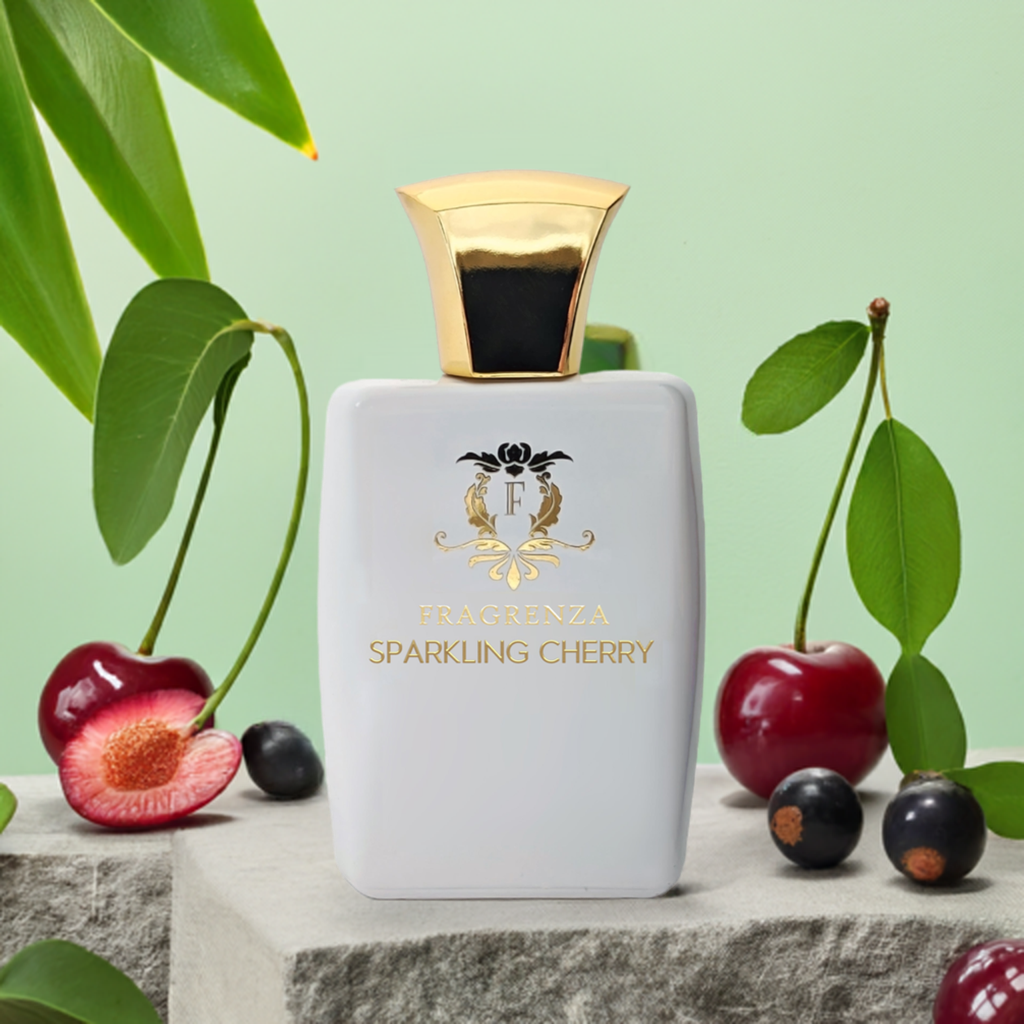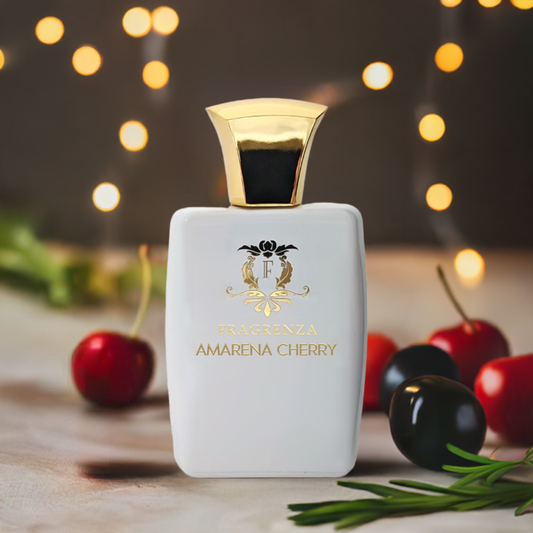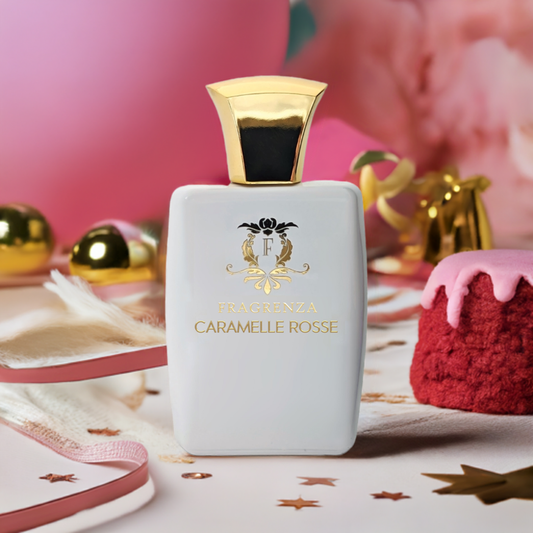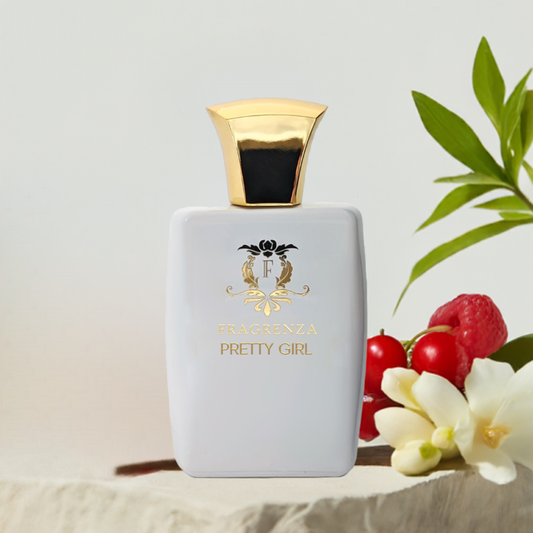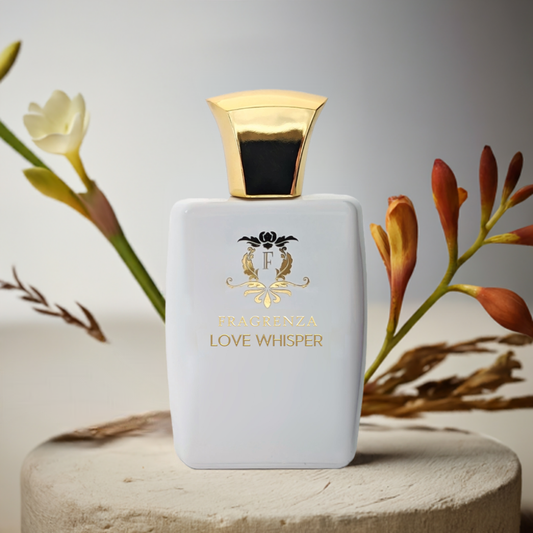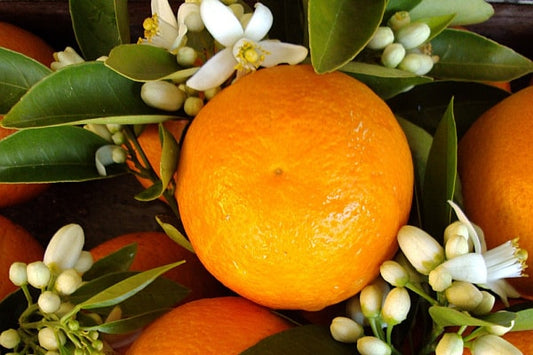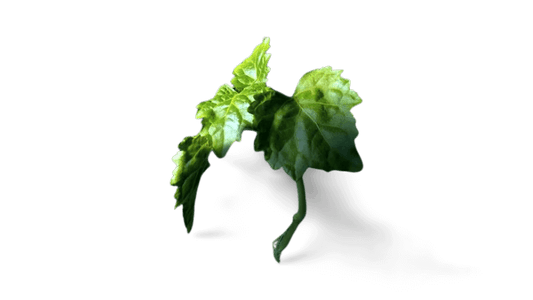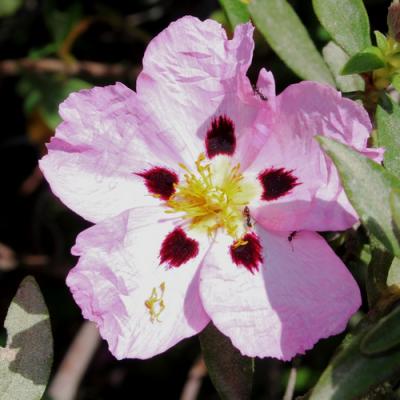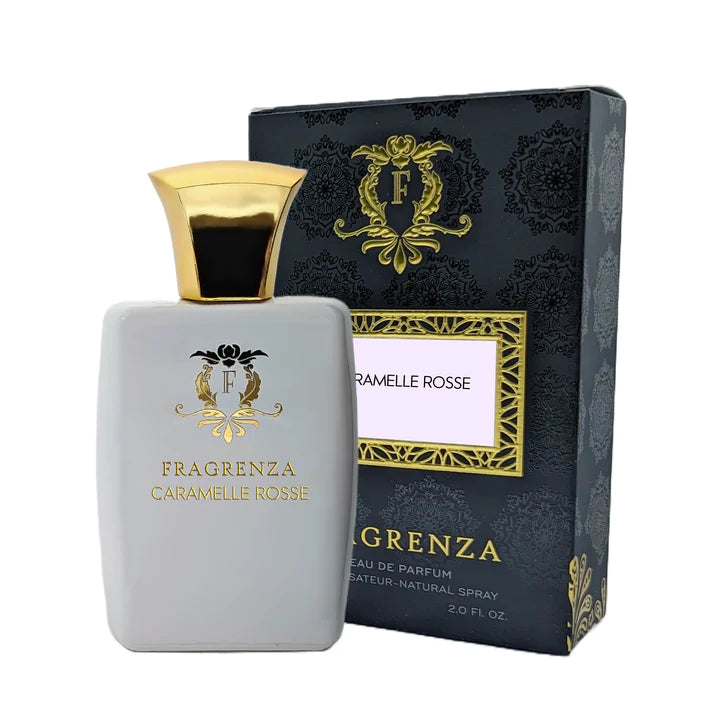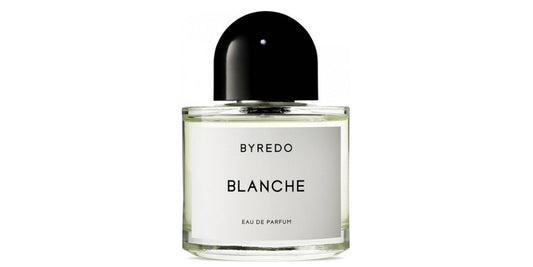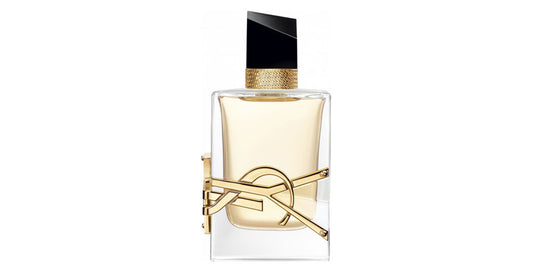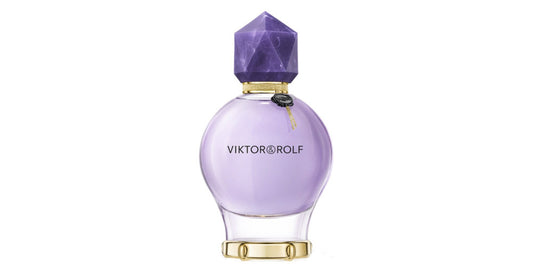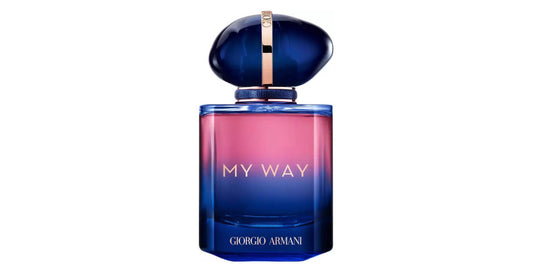Calamus in perfumery
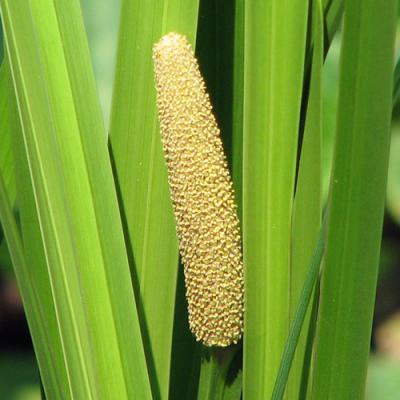
In This Article
Calamus: An Ancient Aquatic Plant with a Multifaceted Aroma
Calamus, a type of rush belonging to the Arecaceae family, like the palm tree, has a rich history dating back to ancient Mesopotamia. Its name derives from the Greek word 'calamos,' meaning reed, a reference to its slender, reed-like stems. Primarily found in Southeast Asia, particularly the forests of western Malaysia, this climbing palm often adopts a creeping growth pattern. With stems varying in diameter from a few millimeters to over 10 cm and lengths ranging from a few centimeters to more than 200 meters, calamus is a versatile plant. Its pinnate, thorny leaves or leaves armed with hooks add to its unique appearance. Calamus has been used for thousands of years in scented preparations, including the famous Egyptian kyphi.
The Often Overlooked Scent of Calamus
Essential oil can be extracted from calamus rhizomes, and more rarely, its foliage through steam distillation. However, the composition of the oil can vary greatly depending on the plant's origin. Some calamus plants are characterized by their high beta-asarone content, while others contain more methyl-isoeugenol, rendering them spicier. Despite its ancient roots, calamus is seldom used in modern perfumery. Its olfactory profile is quite ambiguous, making it difficult to combine with other scents. In essence, calamus is an enigmatic ingredient in a perfumer's palette.
Rich in fragrant facets, calamus is simultaneously spicy, aromatic, herbaceous, green, sweet, and leathery. It exudes an almost creamy aroma, yet it doesn't possess any edible qualities. Today, few perfumes incorporate this intriguing ingredient. However, calamus can be found in Diptyque's Dual Water, Hermès' A Garden on the Nile, and Azzaro's Actor. The Comme des Garçons brand took a bold step in creating a fragrance entirely dedicated to calamus, simply named "Calamus," which was introduced in 2000.
Rediscovering the Potential of Calamus in Perfumery
As perfumers continue to explore unconventional ingredients, the potential for rediscovering and embracing calamus in fragrance creation increases. Its multifaceted aroma and rich history make it an intriguing element for innovative, emotionally resonant scents. By experimenting with calamus in combination with other ingredients, perfumers can create captivating fragrances that evoke a sense of ancient allure and mystery.
Calamus, with its unique characteristics and intriguing scent profile, offers an opportunity for perfumers to push the boundaries of traditional fragrances. As the art of perfumery evolves, the inclusion of calamus and other lesser-known ingredients can lead to the creation of extraordinary, memorable scents that stand the test of time.
